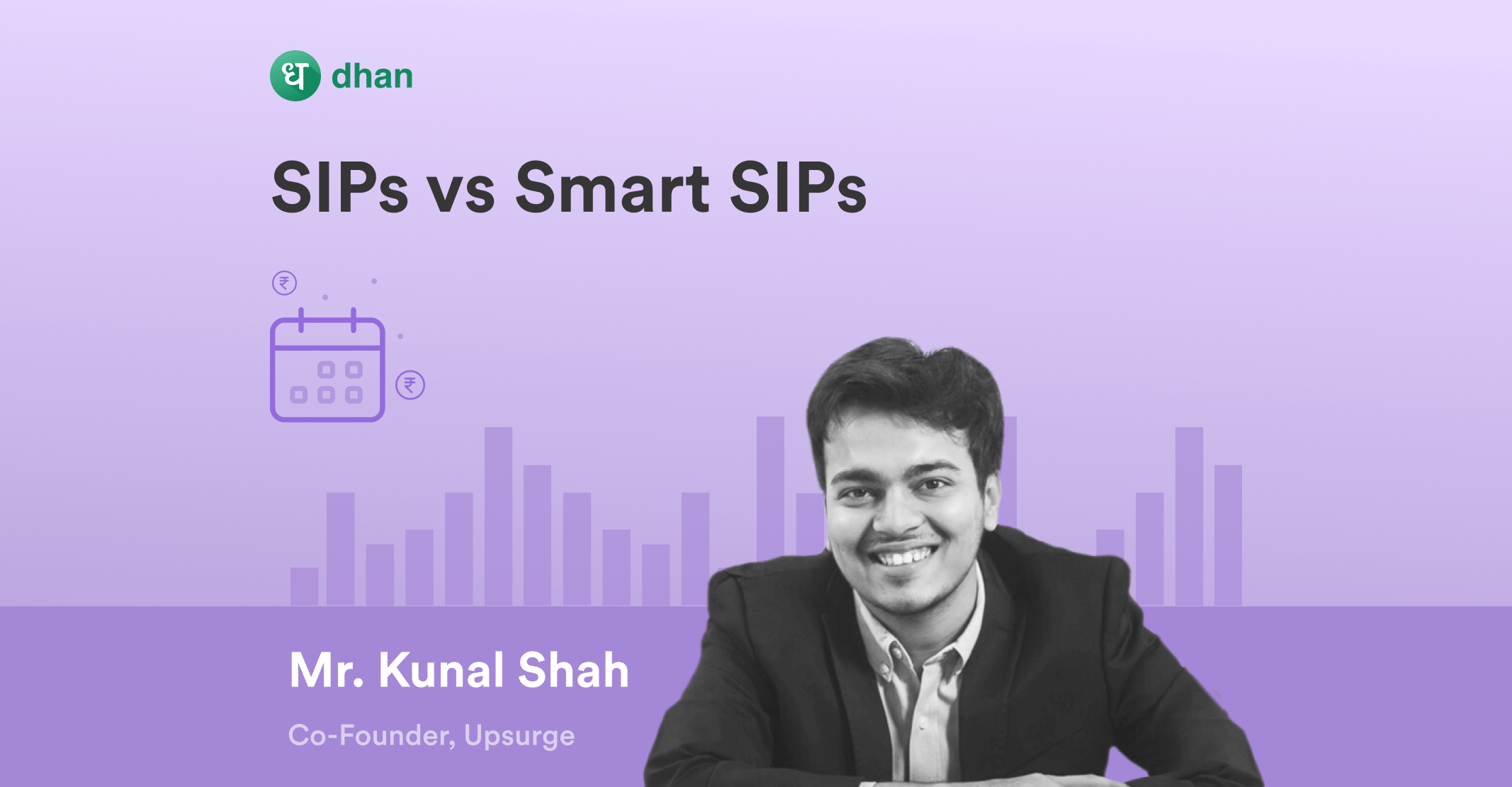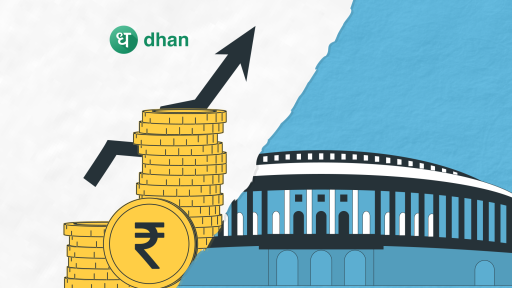We all have heard about people investing in the stock market indices through the SIP route and making an average SIP return. But what if I tell you, there is a better way to invest in the NIFTY INDEX through something we call, the SMART SIP?
I know, you might be curious! Stay with me and I will make it a lot simpler for you in the next 3 minutes with two cases simultaneously.
Case Study #1: Regular SIP Worth Rs. 10,000
The first case is where you invest INR 10,000 monthly in the Nifty Index, either by buying the Nifty50 ETF or the Nifty Index Mutual Fund.
Let’s say you do this with utmost discipline for 5 years (July 2017 to July 2022) without missing out on a single payment. Your investment capital would be around INR 6,00,000 (5*12*10,000) and the market value of this capital would be around INR 8,00,000 based on the index value.
That’s an absolute average SIP return of 33%. Oh, by the way, some of you might know that looking at the absolute return might not be the right thing to do here and we should have looked at the XIRR, but here, the absolute average SIP return is going to help my case when I explain to you the 2nd scenario.
But before I move on to the 2nd scenario, remember when we invested this INR 10,000 regularly, we bought the Nifty Index (in a way), when it was trading at a higher valuation multiple and also when it was trading at a lower valuation multiple. To understand this valuation multiple, I would simply take help from the PE multiple, a well-known indicator to understand valuations.
So in April 2020, I invested INR 10,000 in the Nifty index when it was trading at a PE multiple of 18x, but I also invested INR 10,000, in January 2021 when it was trading at a multiple of 39x; which in my opinion, is a little too expensive. So let’s move on to the next case, where we can smartly invest our SIPs in the same index but generate 20% greater absolute returns compared to this scenario.
Case Study #2: Smart SIP Worth Rs. 10,000
My whole thesis on smart investing is based on this exact notion, that is buy the index at a comfortable PE multiple! Now, what PE multiple comforts you? This is a separate question altogether. But for me, the average PE multiple of a normal business cycle sounds reasonable; which is around 23-24x for the Nifty index (taking the average of a normal year before 2017).
This is where I’d introduce the 2nd scenario to you where I’d still keep aside the same INR 10,000 every month, yet be able to generate a 20% greater absolute average SIP return vis-a-vis the normal SIP route that we discussed above.
Let’s understand this with 5 simple steps:
- Keep aside INR 10,000 on a monthly basis.
- Check the PE multiple of the index; if it is below 24x.
- If Yes, buy the Nifty BeEs index or the Nifty Index Mutual Fund.
- If No, park it in a liquid fund, and wait for the index to give you that opportunity.
- Say, for example, the index doesn’t give you an opportunity for 8 months and gives you one in the 9th month, withdraw the amount from the liquid fund and invest the entire INR 90,000 in one go in the index, again via the Nifty ETF or the Nifty Index Mutual Fund.
This needs patience, and you will be tempted to invest during those 8 months, but holding on to the temptation is the key here; because the market cent percent would give you that opportunity, if not in the 9th month; definitely in the 12th or the 13th month; because we all know the graph is never linear, not just for the nifty index, but even for the valuation multiple.
The calculations for the strategy have been attached to the sheet below. The COVID-19 fallout did work out in our favor, but that is not the whole & sole reason for it. The branch of value investing equally worked in our favor here and we must not ignore it.
Link to the sheet → https://bit.ly/3D1skwb
subscribe to our weekly newsletter for interesting stories and deep market insights
If you have any thoughts or feedback, and what we should cover next do let us you.
You can read more such interesting stories like:
- Business analysis of – Borosil Renewables
- Difference between Active & Passive Investing
- Top 10 ETFs in India.
Loved the blog and want to learn more about Finance? We got you covered with Upsurge.club! Learn everything about finance and become financially fit.
Disclaimer: This blog is not to be construed as investment advice. Trading and investing in the securities market carries risk. Please do your own due diligence or consult a trained financial professional before investing.




Comments are closed.